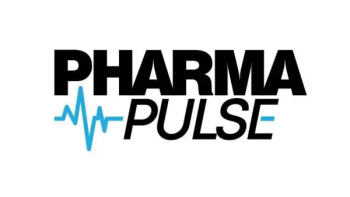
Pharma advertising rose in Q2 2015--running counter to overall US trend
Despite the buffeting by industry critics, pharma advertising has snapped back from recent lows
It’s no secret that pharma advertising, especially on television, has strengthened in the past couple years, energized in part by the uptick in new product approvals. But into the first half of 2015, pharma advertising has been the only market category to continue to rise, of the top ten categories measured by Kantar Media (New York).
Overall US advertising across most common media shrank by 3.9%, to $38 billion, in Q2 2015, says Kantar, in its quarterly report. Pharma advertising rose, by 13.2%, to $1.45 billion. “Magazines and national television are still the favored media platforms of the pharmaceutical industry, and these sectors again reaped most of the incremental category spending in Q2,” says Kantar. Besides new product launches, there is a “continuing surge in consumer advertising for diabetes medications. The expanding population of diabetes sufferers has created a larger sales opportunity and drug makers trebled their spending rate compared to 2014. Over the trailing four quarters, cumulative ad spending for this therapeutic class has more than doubled.”
In all of 2014, pharma advertising totaled $4.53 billion, up 18% over 2013’s $3.83 billion and representing 3.2% of all advertising. In that year, total US advertising rose 0.7%. At that level, pharma is not one of the top ten advertising categories; however, one company—Pfizer—is one of the top ten national advertisers, spending $1.4 billion that year (go Viagra!) The recent low point in pharma advertising was experienced in 2012, when it dropped to $3.47 billion.
Newsletter
Stay ahead in the life sciences industry with Pharmaceutical Commerce, the latest news, trends, and strategies in drug distribution, commercialization, and market access.




